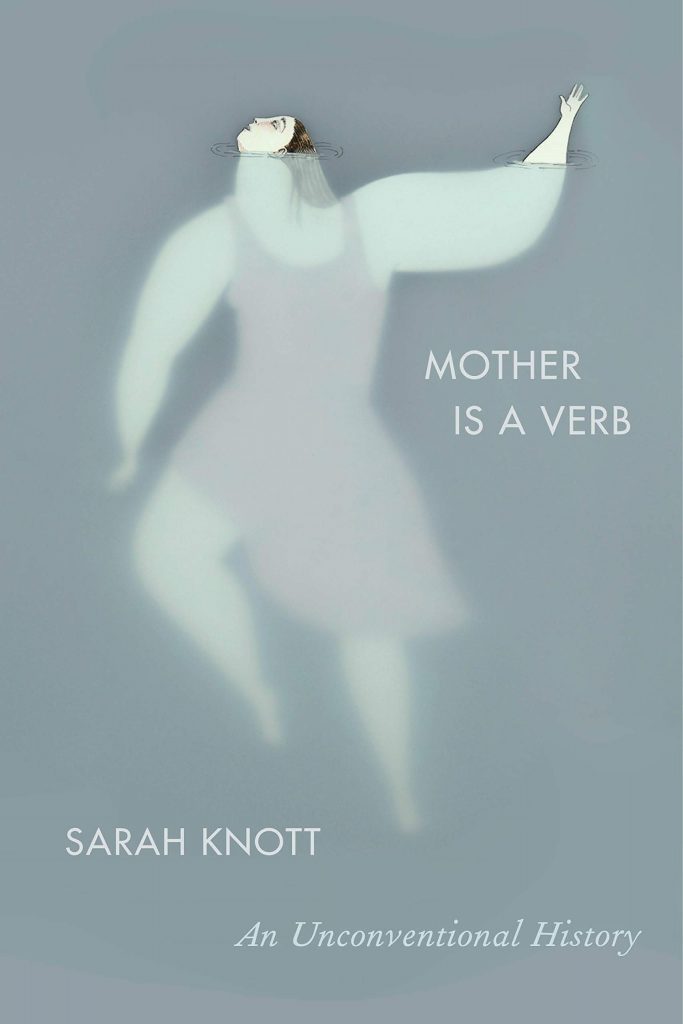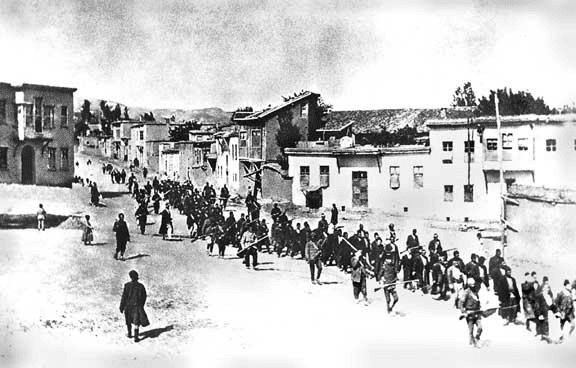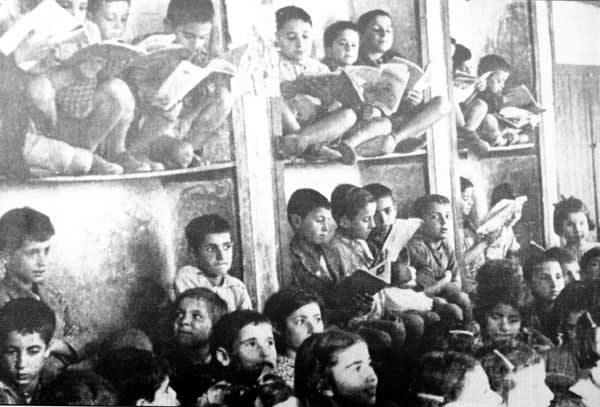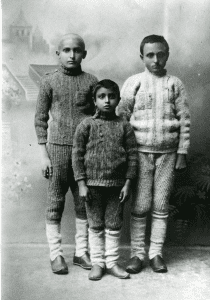 By Jesse Ritner
By Jesse Ritner
The easy correlation contemporary American and British cultures build from sex to pregnancy, pregnancy to birth, and birth to childrearing within a nuclear family is far from uniform throughout history. Mother is not an identity. Not all women will mother during the course of their lives. In Sarah Knott’s words, “mother is a verb,” and it is a deeply ambiguous and sometimes ambivalent one at that.
More than any historian I have read, Knott writes for herself. Her book is driven by self-reflection and personal memory. She does not create her questions simply out of academic interest or a curious piece of archival evidence, but out of a need to make sense of her own experience. Knott eschews the conventions of historical writing. Gone is any pretense to objectivity. And she sees no need to discuss the historical development of mothering chronologically or genealogically. Rather, she writes within a genre of self-help and maternal memoir. Her history reflects experiences like the realization of “the glimmer of novelty… the sheer peculiarity of adding reproduction to sex.” And the “privilege of relative stillness” that allows her to sit reflexively with her hand on her stomach, waiting for the baby to move. Her book is complex and expansive, covering twenty-two stages of mothering. Each addresses a particular discomfort, anxiety, or hope.
Knott draws her questions from personal experience, but her archival explorations are diversified outside of her race, class, and gender identities. As she notes early on, certain developments over the past half century or so – capitalism’s low valuing of caregiving, the emergence of queer families, and more egalitarian parenting amongst some working partners, to name but a few – demand a history that pushes beyond the idea that there is a single labor of mothering in any historical period. Biologically producing a baby and mothering were not always synonymous historically. Black enslaved women and children often did the labor of mothering on plantations in the early nineteenth century. Such attention frequently meant that other women (usually with the title Aunt or Aunty) mothered these women’s children for significant parts of the day, month, or year. Lower- class women in seventeenth-century England frequently brought other women’s babies into their own homes, acting as wet nurses to maintain a stable income for their family while they cared for their own infants. And Ojibwe women nursed the infants of women who died in labor, making them their own. Mothering is necessary labor that varies dramatically depending on the society and its structures.
Knott’s chapters wander through broad histories of time periods, specific historical sources, and personal anecdotes. If a single thread runs through her book, a single theme that ties all who mother together, it is interruption. Mothering interrupts life in both momentary and continuing ways. Knott’s morning sickness risked interrupting her lectures. In the eighteenth century an infant interrupted a woman’s ability to work and bring needed income to her family. On a homestead, the infant interrupted the domestic labor of doing laundry, cooking, and cleaning. But interruption is not unidirectional. Those who mother are also interrupted from time otherwise spent mothering. For instance, Knott recounts an anecdote about an enslaved women separated from her children by trips to Washington D.C.. However, mothers also found ways to mitigate interruptions, such as a women in a factory who hung her child in a basket from the ceiling so she could watch the infant while she worked. These interruptions certainly vary between time, place, and person, but from the seventeenth century on, they collectively define mothering.

Mother and Child: Pablo Picasso, 1921 (via ARTIC)
Knott is not the first historian to write herself into her book, but her method offers an important contribution to a growing genre. Her evidence is in the form of anecdote, mirroring what Lisa Baraitser terms the “constant attack on narrative that the child performs.” (264) Her stories are short and interrupted. And her own anecdotes about the way her son’s crying, or her concern over his reflux interrupts her work, are interspersed with historical voices. Through these moments of memoir, she acknowledges herself as a historical actor who plays a role – equivalent to other historical mothers – in the long-embodied history of mothering. Her theoretical framework reflects some of the most important feminist writings of the past forty years. In her appendix on methods, she discusses Joan Scott’s warning that historians of women must move beyond the study of normative women exclusively, or risk repetition of the political marginalization of all women in their future writing. For Knott, writing a history of mothering, of mother as a verb, makes room for glimpses of trans, queer, and on rare occasion even non-female voices. However, she is also honest about the dominant role cis-women often play in her history. It seems that Scott’s warning both antagonizes and entices her throughout the book, but she resists a definitive answer.
One of the most impressive aspects of Knott’s book is how she invokes queer theories of embodiment, plasticity, and normativity without relying on the difficult terminology that is so common in theoretical works on gender. These theories allow Knott to see mother as something people continuously make themselves, through the labor they do, through the conversations they have, and through their own perceptions of their bodies. “Mother” used as a verb insists that there is nothing inherent, biological, or natural about the action, but it is physical, bodily, and constitutive of identities, if always imperfectly and incompletely.
As a white male in my mid-twenties, who has had little interaction with mothering, I may seem an odd reviewer for this book. However, “Mother is a Verb” is as important for those of us who never intend to become mothers, as it is for people who have been and will be. For non-academics who want access to intricate innovative histories, this book offers a novel approach to the fields of gender studies and women’s history. At the same time, historians who hope to write scholarly books that address wide audiences should take note of the clarity and concision of Knott’s wonderful prose. While asking lots of questions about child care both in the past and the present, Knott offers few answers about the proper way to mother. Instead, she demonstrates the historical centrality of the physical and emotional labor of mothering.
Other Articles by Jesse Ritner:
The Anthropocene and Environmental History
Changes in the Land
The Public Archive: Frederick Allen Williams
You May Also Like:
Driven Towards Madness
The Politics of the Handkerchief
Monroe


